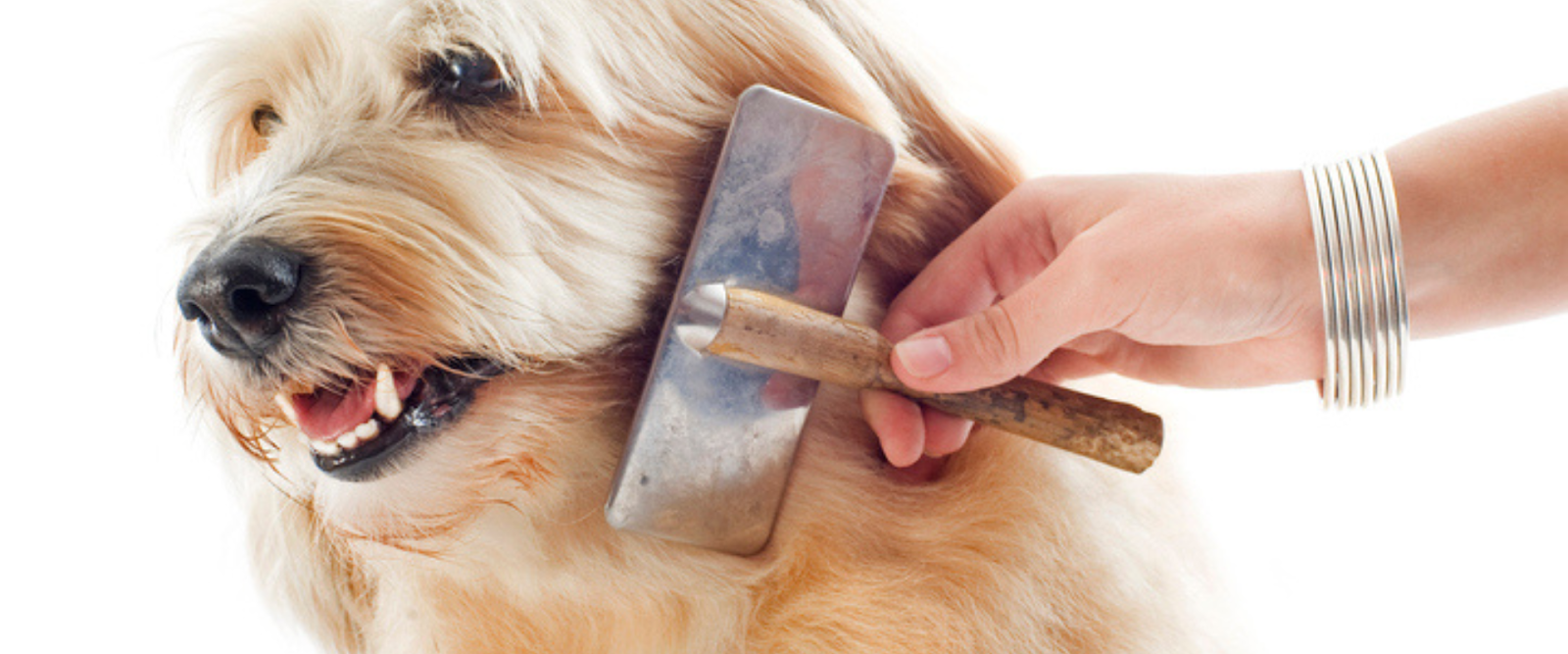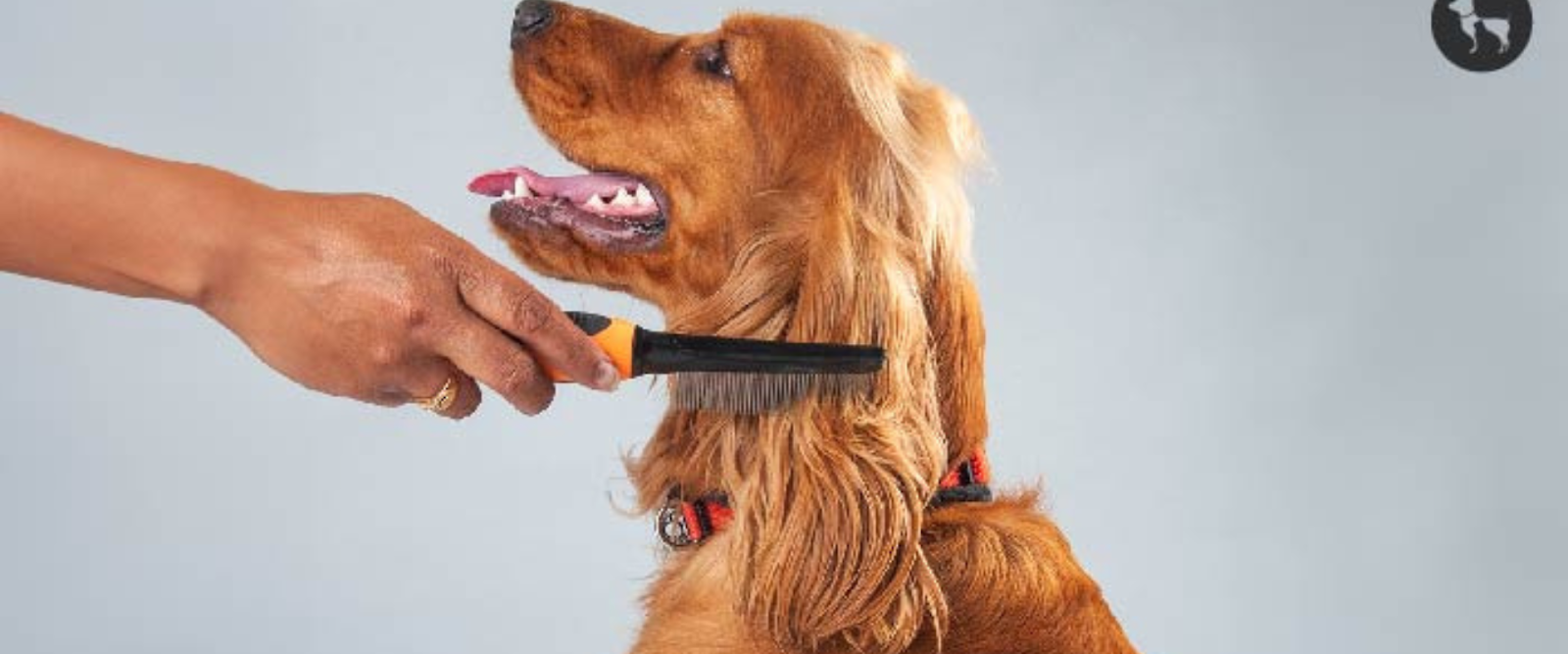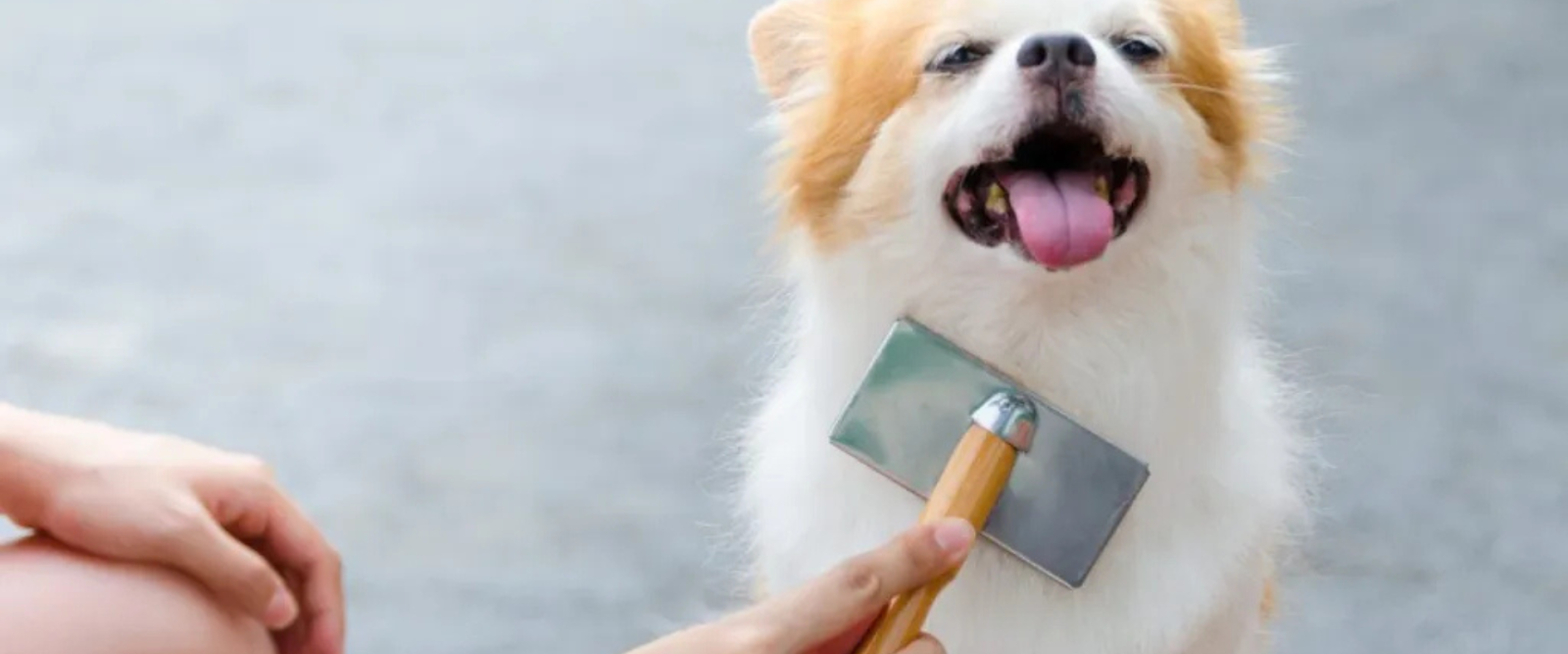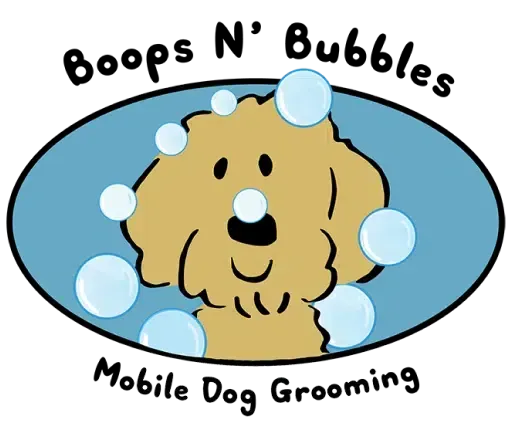How Often Should You Brush Your Dog
Brushing is one of the simplest ways to care for a dog, yet many owners are unsure how often to do it. Regular brushing helps remove dirt, loose hair, and debris, but it also improves circulation, prevents mats, and allows you to check for lumps, bumps, or skin irritation. It’s an essential part of maintaining both comfort and health, especially for breeds with longer or denser coats.
Boops N' Bubbles approaches grooming with the understanding that each dog has unique needs. Knowing how often should you brush your dog depends on factors like coat length, shedding patterns, and even the seasons. A consistent routine not only keeps their coat in shape but also builds trust and makes grooming more manageable over time.
Why Brushing Matters for Every Dog
Brushing your dog regularly prevents matting, removes dirt, and spreads natural oils for a healthy coat. It also reduces de-shedding, which keeps your home cleaner. Beyond appearance, brushing allows you to check for skin issues, fleas, or ticks. A consistent dog grooming schedule ensures your dog stays comfortable and healthy while minimizing trips to the vet for skin-related problems.
For example, matted fur can cause discomfort and even lead to infections. Regular brushing keeps your dog’s coat tangle-free and promotes better skin health. Plus, it’s a great way to bond with your pup. By incorporating brushing frequency by coat into your routine, you’ll address your dog’s specific needs effectively.
Brushing is also one of the easiest ways to groom your dog at home, helping maintain coat quality between professional sessions.

Brushing Frequency by Coat Type
Every dog’s coat is unique, and brushing frequency by coat varies depending on whether your dog has short, long, curly, or double coats. Here’s a breakdown of how often to brush based on coat type:
Short Coats
Dogs with short coats, like Beagles or Boxers, have smooth, low-maintenance fur. Brush these dogs once or twice a week to remove loose hair and keep their coat shiny. A rubber curry brush or bristle brush works well for short coats. Regular brushing also helps with deShed a dog, especially during shedding seasons.
Long Coats
Breeds like Golden Retrievers or Afghan Hounds have long, flowing coats that require daily brushing to prevent matting and tangles. Use a slicker brush or pin brush to gently work through their fur. Pay extra attention to areas like the ears, tail, and legs, where tangles are common.
Curly or Wavy Coats
Dogs with curly or wavy coats need consistent, daily brushing to stay mat-free. These coat types don’t shed in the same way as others, so hair gets trapped and tangles easily.
A metal comb or a slicker brush works best for these breeds. When neglected, mats can form near the skin and may require shaving to remove. Regular maintenance helps avoid that. Whether you're managing poodle haircuts or goldendoodle haircuts, brushing every day makes the grooming process smoother and less time-consuming.
Double Coats
Huskies, German Shepherds, and other double-coated breeds shed heavily, especially during spring and fall. Brush these dogs two to three times a week, increasing to daily during shedding seasons. A de-shedding tool or undercoat rake is essential to remove loose undercoat fur effectively.
By tailoring your brushing routine for dogs to their coat type, you’ll keep their fur healthy and manageable.
Factors That Affect Brushing Frequency
Several factors influence how often should you brush your dog beyond just coat type. Consider these when planning your dog grooming schedule:
Shedding Seasons
Most dogs shed more in spring and fall as they transition between coats. During these times, increase brushing to daily or every other day to manage loose fur. This is especially important for double-coated breeds to prevent matting and reduce shedding around your home.
Activity Level
Active dogs who love rolling in grass or dirt may need more frequent brushing to remove debris. Outdoor adventures can lead to tangles or burrs, so check their coat after playtime. A quick brush can keep their fur clean and prevent skin irritation.
Skin Conditions
Dogs with sensitive skin or conditions like dog dandruff may require more frequent brushing to distribute natural oils and reduce flaking. Use a gentle brush and consult your vet for appropriate shampoos or treatments to complement your brushing routine.
Age and Health
Puppies and senior dogs may have different
grooming needs. Puppies often have softer coats that require gentle brushing, while older dogs may develop skin issues that need extra care. Adjust your brushing routine for dogs based on their life stage.

Tools for Effective Dog Brushing
Choosing the right tools makes brushing easier and more effective. Here’s a guide to the best tools for different coat types:
- Slicker Brush: Ideal for long, curly, or wavy coats to remove tangles and mats.
- Bristle Brush: Best for short coats to smooth fur and add shine.
- Undercoat Rake: Perfect for double-coated breeds to remove loose undercoat fur.
- Comb: Great for finishing touches and detangling specific areas.
- De-shedding Tool: Designed to reduce shedding in heavy-shedding breeds.
Creating a Dog Grooming Schedule
A consistent dog grooming schedule ensures your dog’s coat stays healthy and manageable. Here’s how to create one:
- Assess Your Dog’s Needs: Consider their coat type, shedding patterns, and lifestyle. A short-coated dog may only need weekly brushing, while a long-coated dog requires daily attention.
- Set a Routine: Choose specific days or times for brushing. For example, brush your dog every Sunday evening or after their weekly walk.
- Start Small: If your dog isn’t used to brushing, begin with short sessions and gradually increase the time. Use treats to make it a positive experience.
- Combine with Other Grooming: Pair brushing with other tasks like nail trimming or ear cleaning for a complete grooming routine.
- Monitor Progress: Check for changes in your dog’s coat or skin to adjust the frequency as needed.
Benefits of Regular Brushing
Brushing your dog offers numerous benefits beyond a clean coat:
- Reduces Shedding: Regular brushing removes loose fur, keeping your home cleaner.
- Prevents Matting: Daily brushing prevents painful mats, especially in long or curly coats.
- Improves Skin Health: Brushing distributes natural oils, reducing dryness and flaking.
- Strengthens Bonding: Brushing sessions are a great way to spend quality time with your dog.
- Early Detection: Regular brushing helps you spot skin issues, fleas, or ticks early.
Tips for Brushing Your Dog
Here are some practical tips to make brushing easier for you and your dog:
- Choose the Right Time: Brush when your dog is calm, like after a walk or meal.
- Use Positive Reinforcement: Reward your dog with treats or praise to make brushing enjoyable.
- Work in Sections: Divide your dog’s coat into sections to ensure thorough brushing.
- Be Gentle: Avoid pulling on tangles, and use a detangling spray if needed.
- Check for Issues: Look for redness, bumps, or parasites while brushing, and consult a vet if you notice anything unusual.
When to Seek Professional Grooming
While at-home brushing is essential, professional grooming can enhance your dog grooming schedule. Services like Boops N' Bubbles offer expert care, including nail trims and ear cleaning, to keep your dog in top shape. Professional groomers have the tools and expertise to handle matted fur, heavy shedding, or specialized cuts like the puppy cut or teddy bear cut.
If your dog has persistent matting, sensitive skin, or heavy shedding, a professional groomer can provide tailored solutions. Boops N' Bubbles offers mobile dog grooming in the East Bay, bringing convenience and quality to your doorstep. Their services, like
baths with premium shampoos and hand blow-drying and brushing, ensure your dog looks and feels their best.

Common Brushing Mistakes to Avoid
Avoid these pitfalls to ensure effective brushing:
- Brushing Too Hard: Aggressive brushing can irritate your dog’s skin. Use gentle strokes.
- Skipping Regular Sessions: Inconsistent brushing leads to matting and shedding issues.
- Using the Wrong Tools: Choose brushes designed for your dog’s coat type.
- Ignoring Problem Areas: Pay attention to high-friction areas like behind the ears or under the legs.
- Not Checking for Skin Issues: Always inspect your dog’s skin during brushing to catch problems early.
FAQs
How often should I brush my dog’s coat?
The frequency depends on their coat type. Short coats need brushing once or twice a week, while long or curly coats may require daily brushing. Double-coated breeds benefit from two to three times a week, increasing during shedding seasons.
Can I brush my dog too much?
Brushing too aggressively or too often can irritate your dog’s skin, especially with sensitive coats. Stick to the recommended brushing frequency by coat and use gentle tools to avoid discomfort.
How can I make brushing easier for my dog?
Start with short sessions, use treats, and choose a calm environment. A consistent brushing routine for dogs helps your dog get used to the process over time.
Conclusion
Knowing how often you should brush your dog is key to keeping their coat healthy and your home fur-free. By tailoring your brushing routine for dogs to their coat type and lifestyle, you’ll prevent matting, reduce shedding, and promote overall well-being. Combine at-home brushing with professional services from Boops N' Bubbles for the best results. Their
mobile dog grooming in the East Bay offers convenient, high-quality care to keep your dog looking and feeling great.


